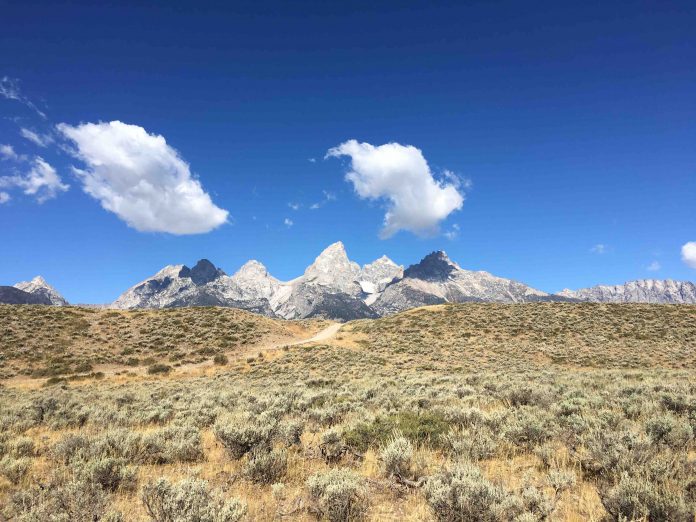Grand Teton National Park vegetation management specialists are moving forward with their efforts to restore native sagebrush habitat. This multi-phase effort aims to replace approximately 4,500 acres of non-native grass fields with native sagebrush, which is crucial for supporting local wildlife such as elk, bison, moose, pronghorn, and sage grouse.
Historically, homesteaders converted large areas of sagebrush into hayfields for livestock, reducing the habitat’s value for wildlife. Over the past 17 years, park staff, supported by the Grand Teton National Park Foundation, have been working to restore these pastures to their original state. So far, 1,400 acres are in various stages of restoration.

This summer, the focus will be on a 40-acre area in the Slough South unit west of Mormon Row and a 110-acre site in the McBride unit near the Jackson Hole Airport. The McBride project, funded by the Jackson Hole Airport, aims to restore sage grouse habitat as part of a mitigation effort from the 2014 Wildlife Hazard Management Plan.
Restoration activities include removing non-native grass, dispersing native seeds, monitoring for invasive species, and ensuring the successful re-establishment of native plants. This fall, park staff will seed 55 acres at McBride and 25 acres at Slough South.
The project has been funded by the Grand Teton National Park Foundation with contributions from the National Fish and Wildlife Foundation, Teton County Conservation District, Alpyn Beauty, and WYldlife for Tomorrow.
- White Pine Resort Debuts New Brand for 2025-2026 Ski Season - December 3, 2025
- Jackson Hole Mountain Resort Opens December 4th: 60th Anniversary Season Kicks Off - December 2, 2025
- Jackson Hole Ski & Snowboard Club 2025 Grand Raffle Tickets Now Available – Win a Sedona Getaway or Premium Fat Bike - November 29, 2025
